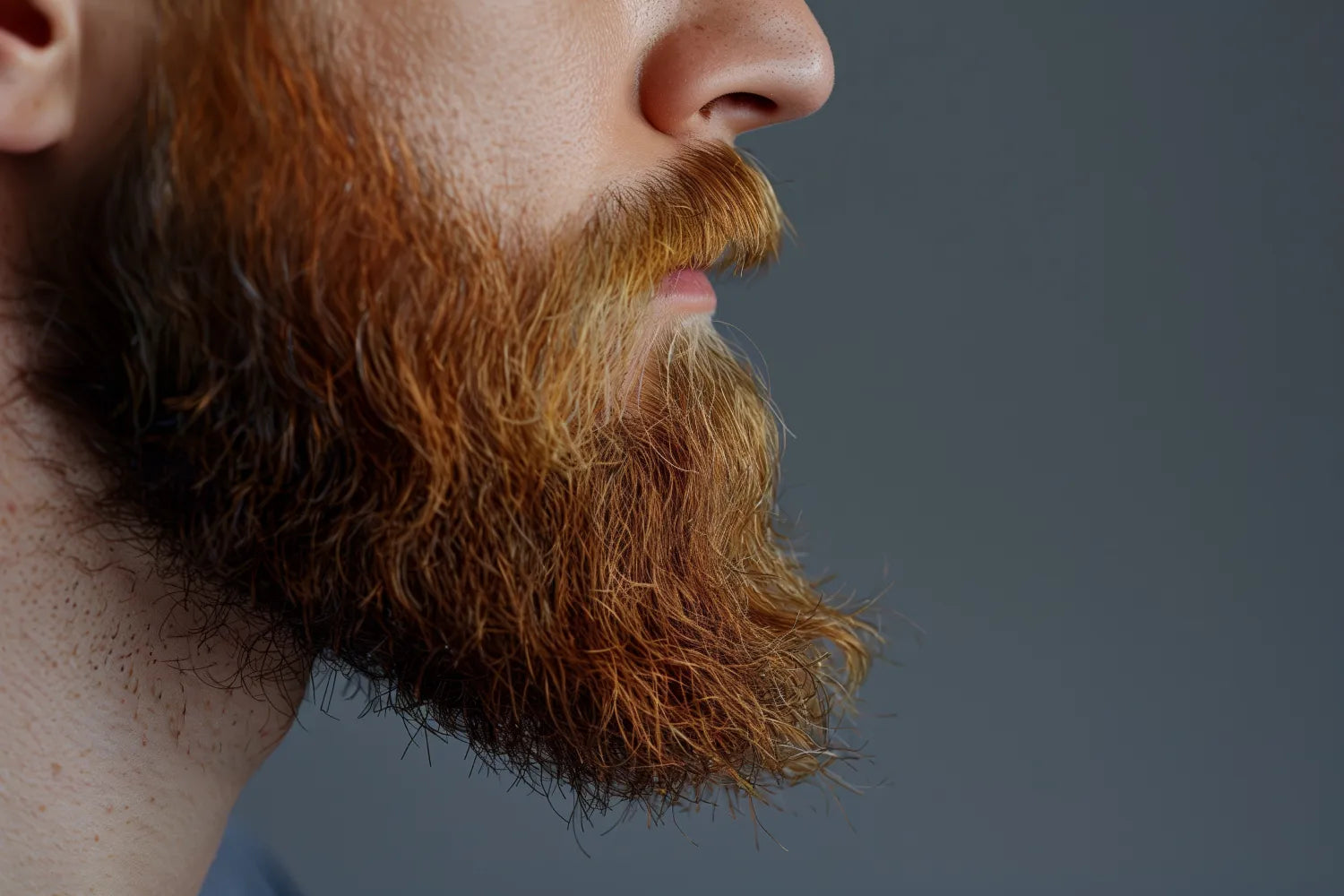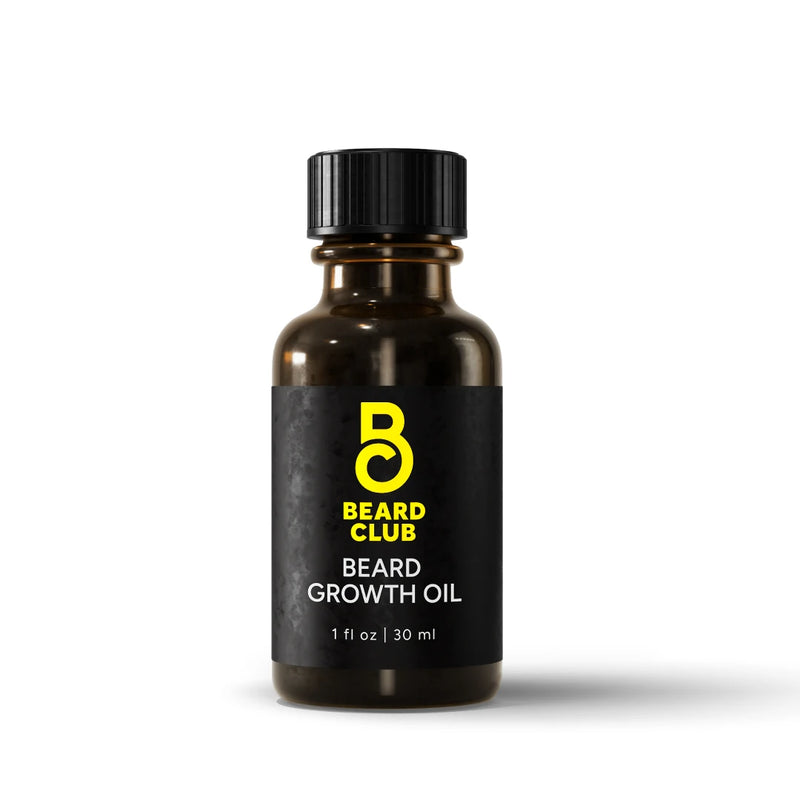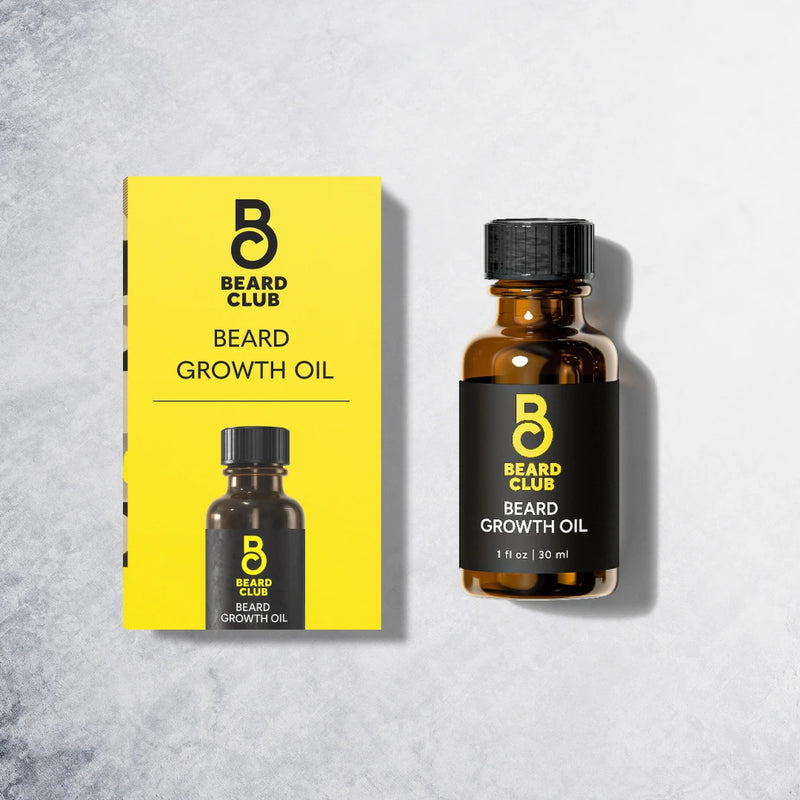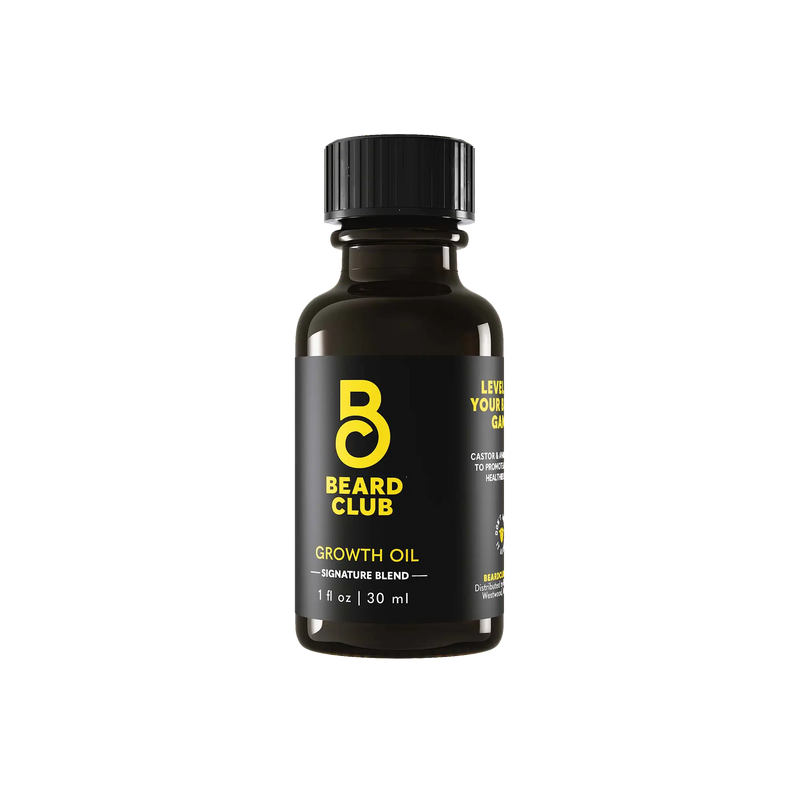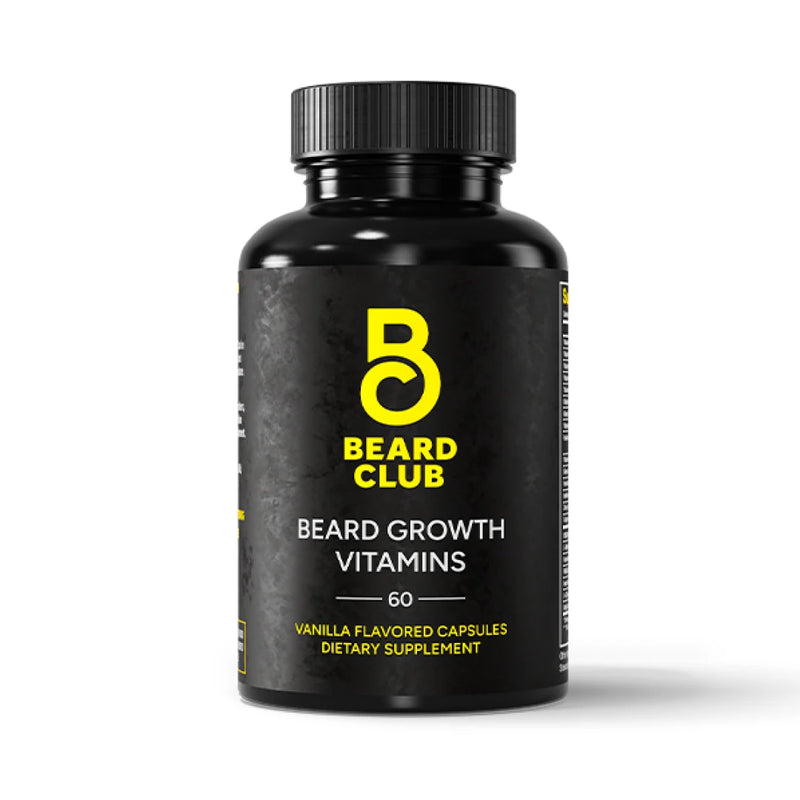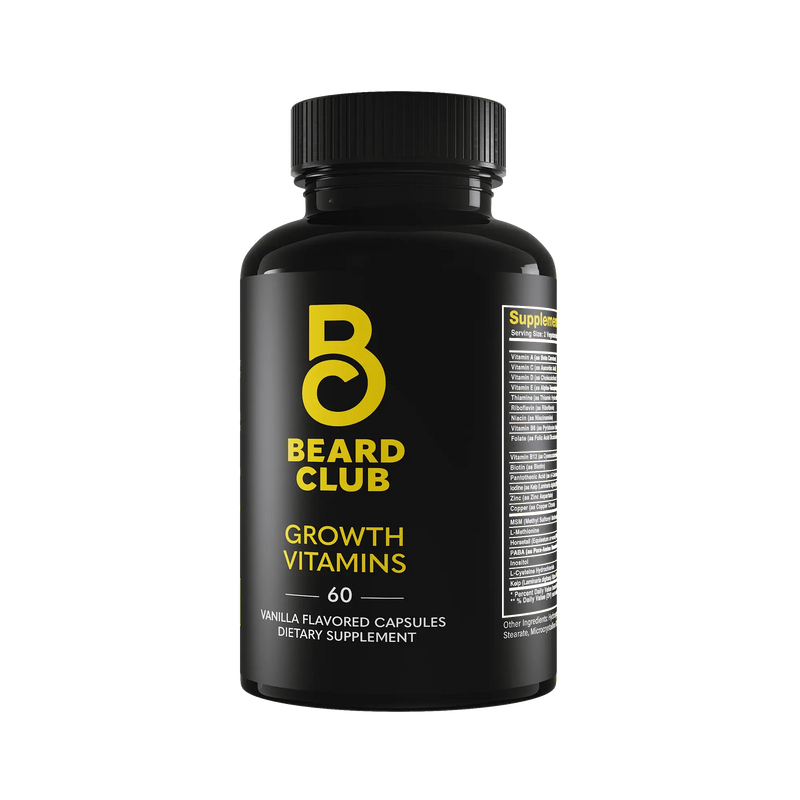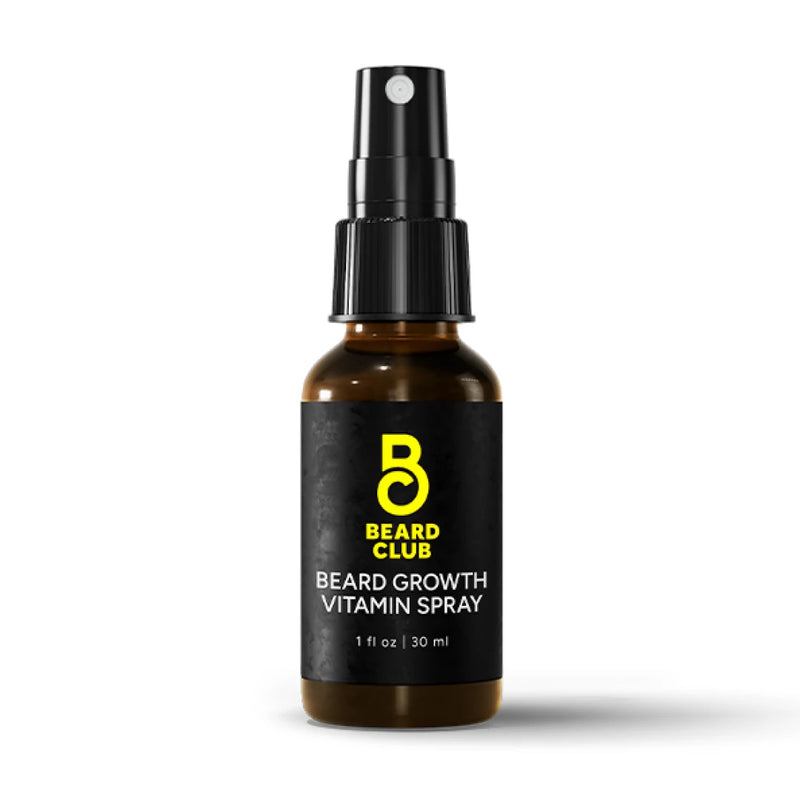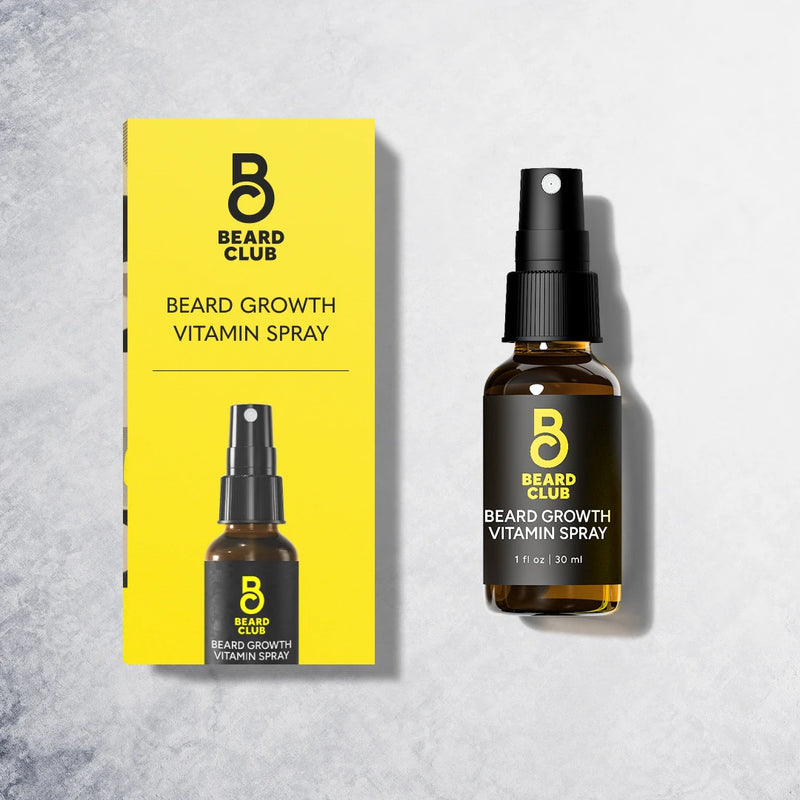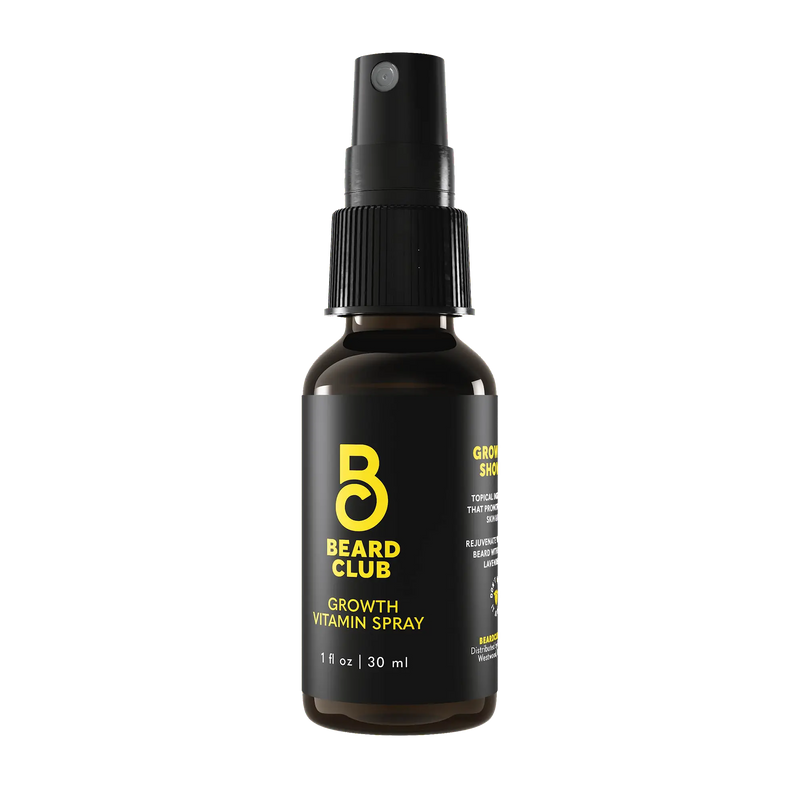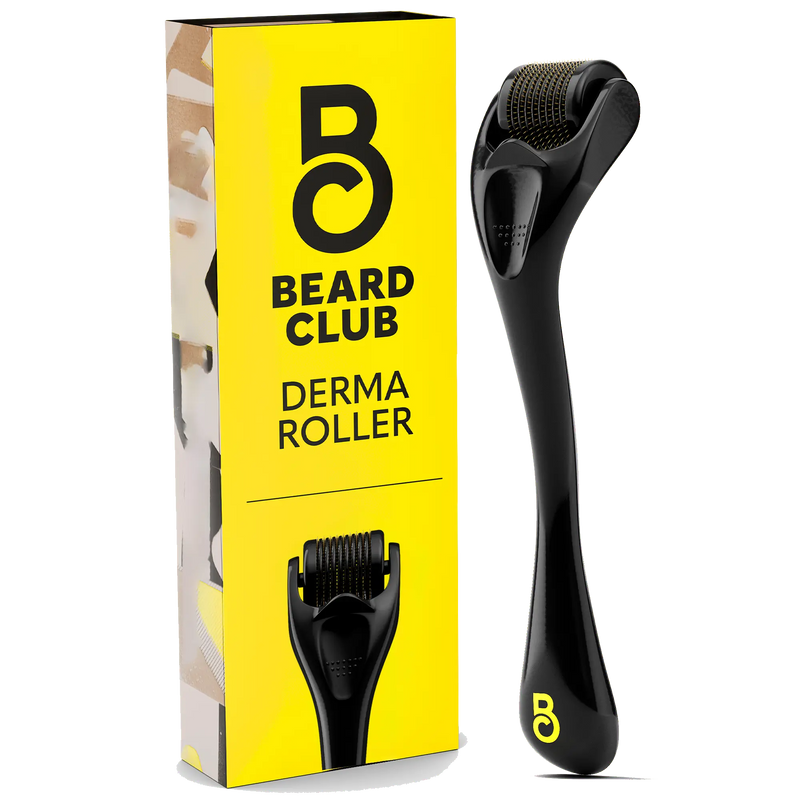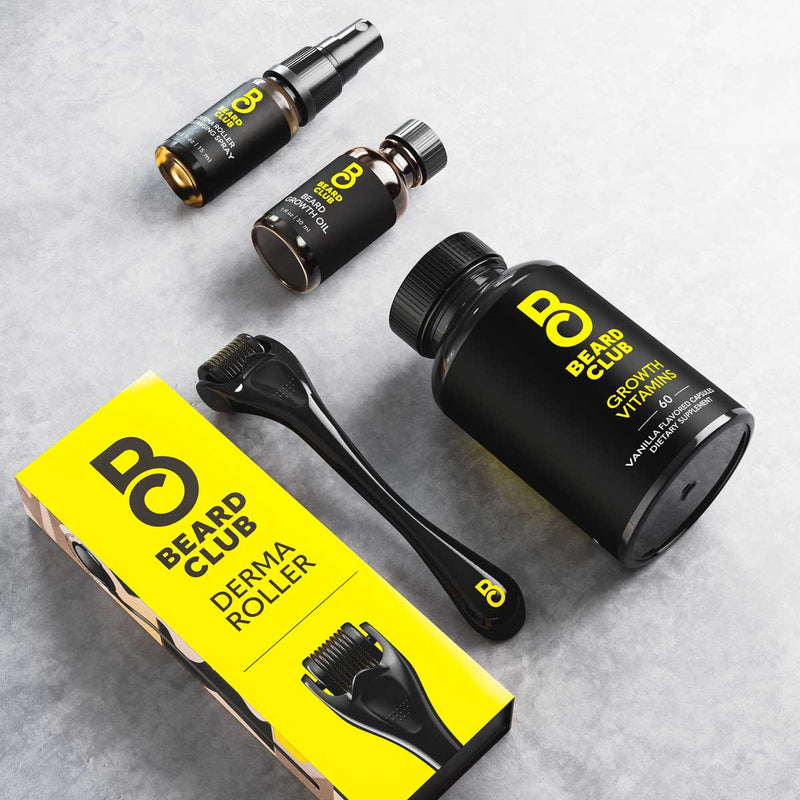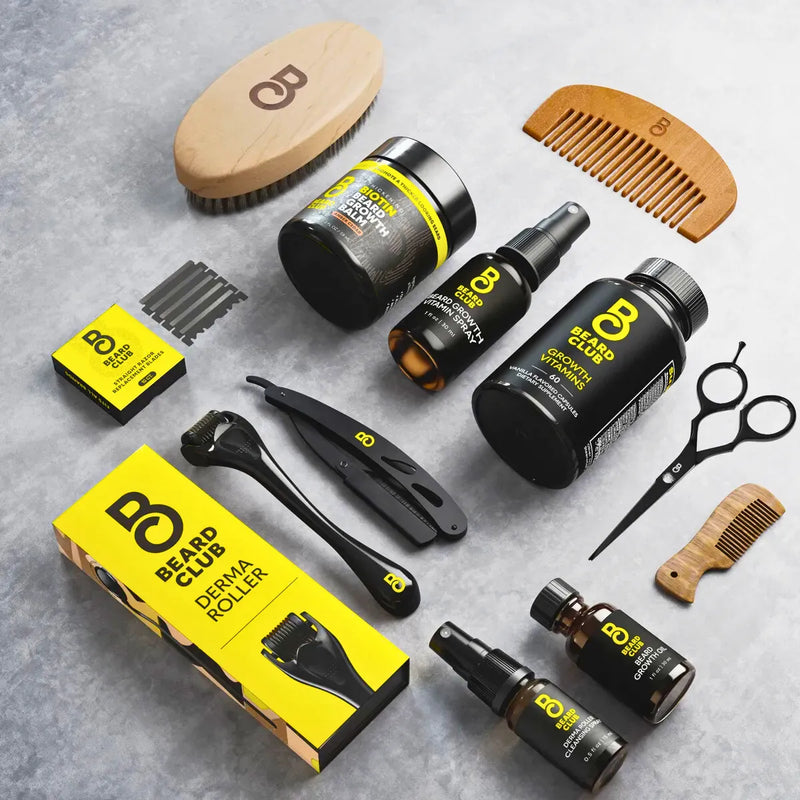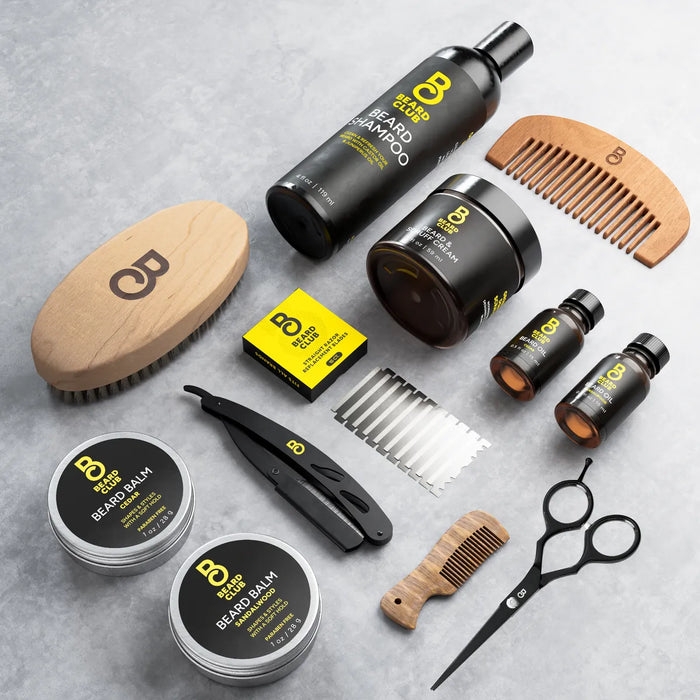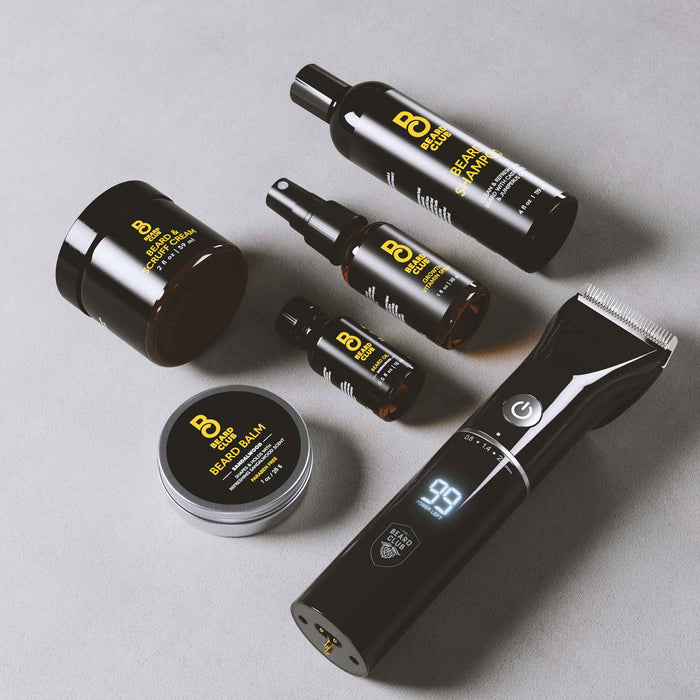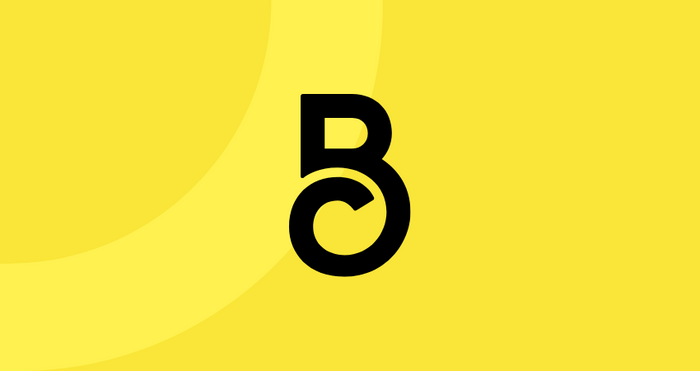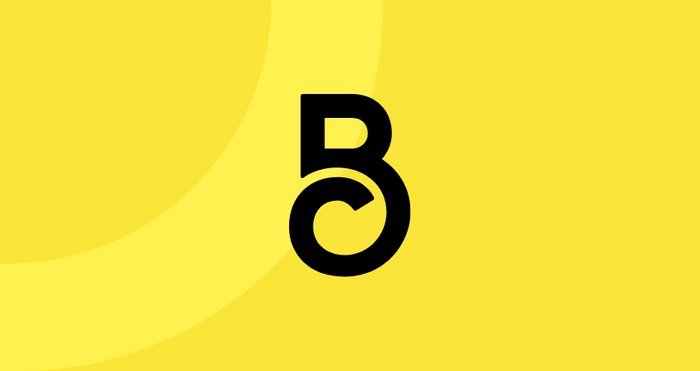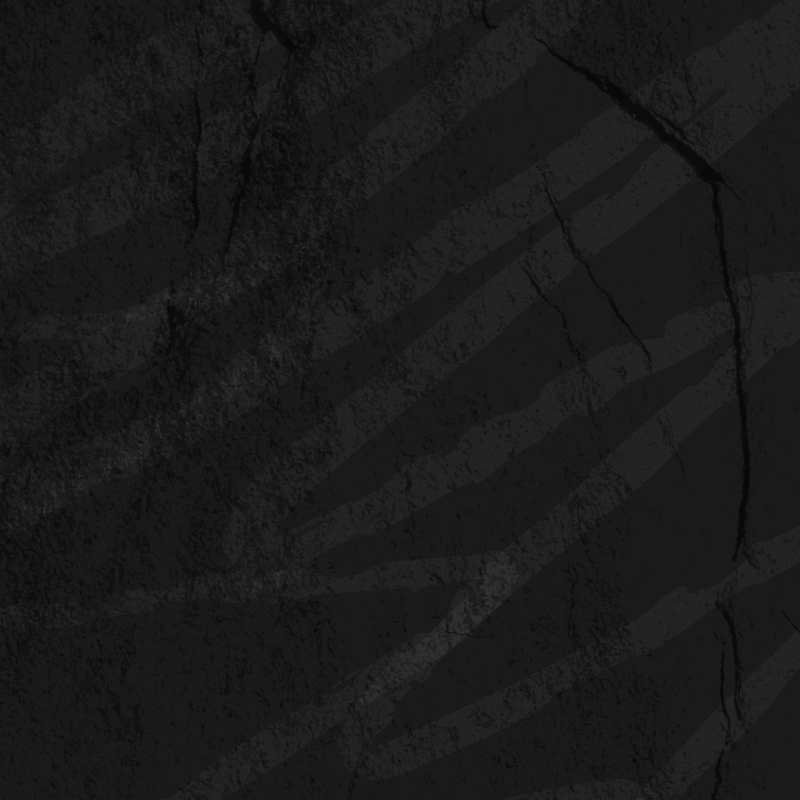How To Grow Facial Hair: A Beginner's Beard Guide
If you're reading this, chances are you're thinking about letting your facial hair grow wild and free, or maybe you're tired of that patchy stubble and want to take your beard game to the next level.
Growing a beard is a rite of passage for men, and whether you’re aiming for a rugged lumberjack look or a refined gentleman’s style, knowing how to grow facial hair properly is the secret to success.
This guide will teach you everything you need to know about growing and maintaining facial hair, especially if you’re a beginner. Grab your grooming tools from The Beard Club, and get ready to let that beard flourish.
1. Patience
Let’s kick things off with one of the hardest parts of growing facial hair — patience.
If you’re expecting full, luscious beard hair to magically appear after a week of not shaving, you’re in for a rude awakening. Growing a beard takes time, and depending on your genetics, it could take anywhere from a few weeks to a few months to see real progress.
Why Is Patience Important for Beard Growth?
Your facial hair doesn’t grow overnight, and there will be awkward stages where you might question whether the beard life is really for you. Stick with it — the itchiness, patchiness, and uneven growth will eventually become a fuller beard if you give it time.
Pro Tip: Resist the urge to trim too early. Let your beard grow for at least four weeks before making major changes to your grooming and beard care routine. During this time, you’ll get a better idea of your beard’s natural shape and thickness.
2. Embrace the Awkward Phase
There’s no way around it — most guys will go through an awkward phase when growing facial hair for the first time.
During this stage, your beard might look patchy, uneven, or scraggly. You might even get that dreaded beard itch or some dandruff, but don’t worry; this is totally normal.
How To Deal With Beard Itch
Itchiness happens because your skin is getting used to the new growth. You can deal with this discomfort by using a good beard oil. Beard oil acts as a moisturizer for your skin and facial hair, managing itchiness and keeping your beard feeling soft and manageable.
How To Deal With Patchiness
If your beard comes in unevenly at first, don’t panic. Many men experience patchiness in their beard during the early growth stages, and these often fill in over time. Stay patient, and consider growing your beard longer to cover any thin areas with thicker hair.
3. Know Your Beard Type
Not all beards are the same, and every guy's facial hair grows differently. Genetics and levels of testosterone play a major role in your beard growth pattern, so it’s important to understand your beard type before you set your sights on a specific hairstyle.
Here are a few common beard types:
The Full Beard
Thick and dense, this beard covers the entire face. It’s the most iconic beard style, but not everyone can grow it.
The Goatee
The goatee can be a great alternative for guys who may have trouble growing a full beard. It focuses on growth around the mouth and chin.
The Patchy Beard
If your facial hair grows unevenly, you might have a patchy beard. This type can still look great if maintained properly.
The Stubble Beard
Stubble is short, scruffy, and easy to maintain. Perfect for guys who want a rugged look without too much upkeep.
Pro Tip: Don’t force a beard style that doesn’t fit your growth pattern. Work with what you have and choose a style that complements your facial hair type.
4. Feed Your Beard: Diet and Supplements for Healthy Hair
Believe it or not, a healthy diet (or lack thereof) can influence how quickly and thickly your facial hair grows. Like the hair on your head, your beard needs proper nutrients to reach its full potential. If you're not getting the right vitamins and minerals, your beard might grow slower or look thinner than it should.
Here are some key nutrients to focus on:
Biotin
This B vitamin is known for promoting hair growth. Biotin can be found in foods like eggs, nuts, and fish, or it can be taken as a supplement.
Protein
Hair is made of protein, so make sure you’re eating enough of it. Lean meats, beans, and legumes are all great options.
Vitamin E
This vitamin improves blood circulation, which can help stimulate hair follicles. You can get vitamin E from almonds, spinach, and avocado.
Zinc
Zinc deficiency can lead to hair thinning, so make sure you get enough. Oysters, beef, and pumpkin seeds are all excellent sources of zinc.
Pro Tip: If you’re serious about maximizing your beard growth, consider taking a multivitamin or a beard supplement.
5. Stick to a Grooming Routine
Even if you’re still in the early stages of beard growth, it’s essential to stick to a grooming and skincare routine. A well-maintained beard looks better, feels better, and grows healthier.
Here’s a simple routine to follow:
Wash Your Beard

Use a beard shampoo or a gentle exfoliating cleanser to wash your beard two to three times a week. Don’t use regular shampoo, as it can strip your beard of its natural oils.
Condition Your Beard
After washing, apply a beard conditioner or use beard oil to keep your beard feeling soft and hydrated.
Beard Combs and Beard Brushes
As your beard grows, use a beard comb or beard brush to detangle any knots and train your beard to grow in a uniform direction.
Trim When Needed
Once you’ve let your beard grow for about four weeks, you can trim it into shape. Use a quality beard trimmer or scissors on a long beard to maintain the edges and remove split ends while avoiding ingrown hairs.
Pro Tip: Avoid over-washing your beard. Washing it too often can dry it out, leading to irritation and itchiness. Stick to two to three times a week for the best results.
6. Use Beard Oil and Balm

Beard oil and beard balm are two of the most important tools in your arsenal when growing facial hair. These products keep your beard hydrated, manage itchiness, and give it a healthy shine. If your beard feels dry or brittle, beard oil can help moisturize your facial hair and the skin underneath.
Beard oil is lightweight and great for hydration. Use it daily to moisturize your skin and facial hair, especially in the early stages of beard growth.
Beard balm is thicker and has a slight hold, making it ideal for guys with longer, thicker beards. It helps tame flyaways and adds some shape and control to your beard.
How To Use It
After showering, pat your beard dry, then apply a few drops of beard oil or a pea-sized amount of balm to your palms. Massage it evenly through your beard, making sure to get down to the skin.
7. Trim With Precision
Once your beard starts filling out, trimming is key for maintaining its shape. Whether you’re going for a clean, well-groomed look or a more rugged appearance, regular trimming keeps your beard looking sharp and suave.
Here are the tools you’ll need:
- Beard Trimmer: Ideal for keeping your beard at a uniform length.
- Beard Scissors: Great for precision work, especially around the mustache and neckline.
- Beard Comb: Helps you trim evenly and guides your scissors or trimmer.
Pro Tip: Always trim less than you think you need to. It’s better to make minor adjustments than accidentally over-trim and have to wait for your beard to grow back.

8. Don’t Forget About Your Neckline
One of the biggest mistakes beginners make is ignoring their neckline. If you let your neck hair grow unchecked, it can make your beard look messy and unkempt. But trimming your neckline too high can make your beard look awkward.
How To Find Your Neckline
Imagine a curved line running from behind one ear, down beneath your jaw, and up to the other ear. Everything below that line should be shaved or trimmed short. The key is to create a gradual fade between your beard and your neck hair.
9. Know When To Ask for Help
As much as we’d all like to think we can handle our beards on our own, there’s no shame in asking for professional help when you need it. If you’re unsure how to shape your beard, handle patchy areas, or just want some grooming advice, visiting a barber is always an option.
Why Should You Go to a Barber?
A skilled beard barber can define your beard shape in a way that works with your facial structure and growth pattern. Once your beard is shaped professionally, it’s much easier to maintain it on your own.
Pro Tip: Don’t try to DIY a complicated beard style, especially if you’re new to growing facial hair. If you make one wrong move with a trimmer, you might have to start all over again. Let a pro handle the first big trim, and then you can maintain it afterward.
10. Own Your Beard: Confidence Is Key
Last but definitely not least, the best thing you can do to grow and rock a great beard is to own it confidently. Whether you’re growing short stubble, a thick lumberjack beard, or anything in between, your beard is a reflection of your style and personality.
What Is Beard Ownership?
Part of facial hair growth is being confident in your own appearance. Not everyone will love your facial hair, but if you’re happy with it, that’s all that matters. It’s your beard, your body, and your journey. Own it.
Pro Tip: Wear your beard proudly, no matter what stage it’s in. Confidence is what makes a beard stand out!
Grow Your Best Beard With The Beard Club
Growing a beard is more than just letting your facial hair run wild. Instead, it’s a journey that takes time, patience, and care.
From managing the awkward growth stages to trimming and grooming, every step is a part of the process. Genetics play a role, so focus on growing the best beard you can rather than trying to imitate someone else’s style.
Stick to a routine, nourish your beard from the inside out with a balanced diet, and keep your grooming game strong. Before you know it, you’ll have the facial hair you’ve always wanted — and it’ll be worth every itchy, patchy, awkward moment along the way.
For more grooming advice and beard products, look no further than the fine folks at The Beard Club.
Sources:
What May Be Causing Your Itchy Beard? | Cleveland Clinic
Ingrown Hair: What It Looks Like, Causes, Treatment & Prevention | Cleveland Clinic
Biotin (Oral Route) Description and Brand Names | Mayo Clinic
